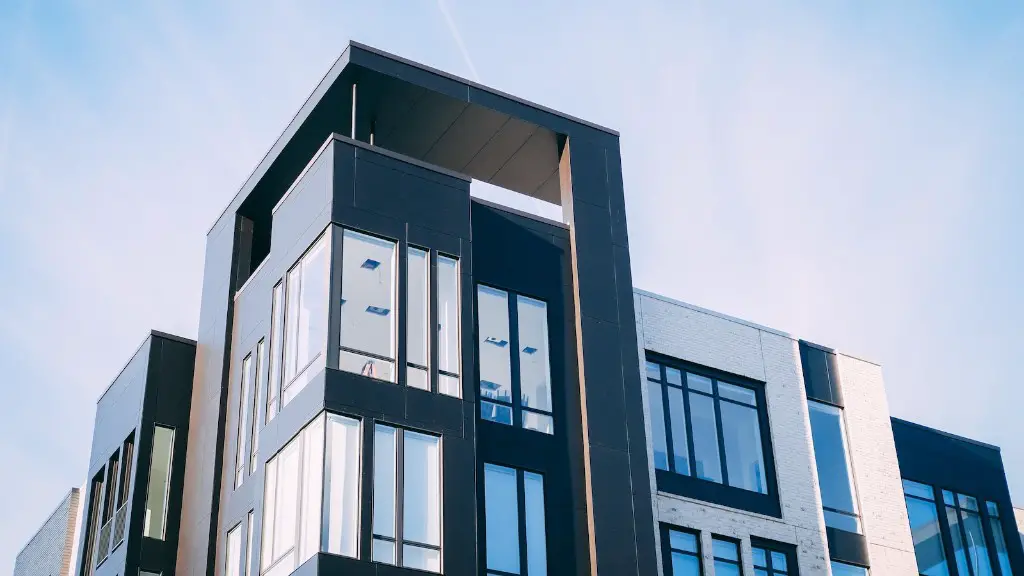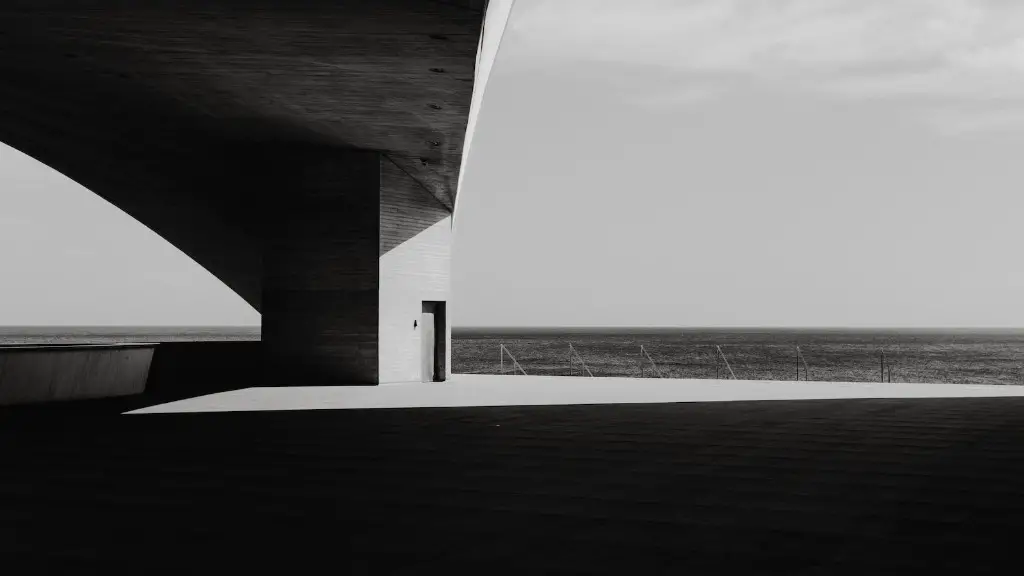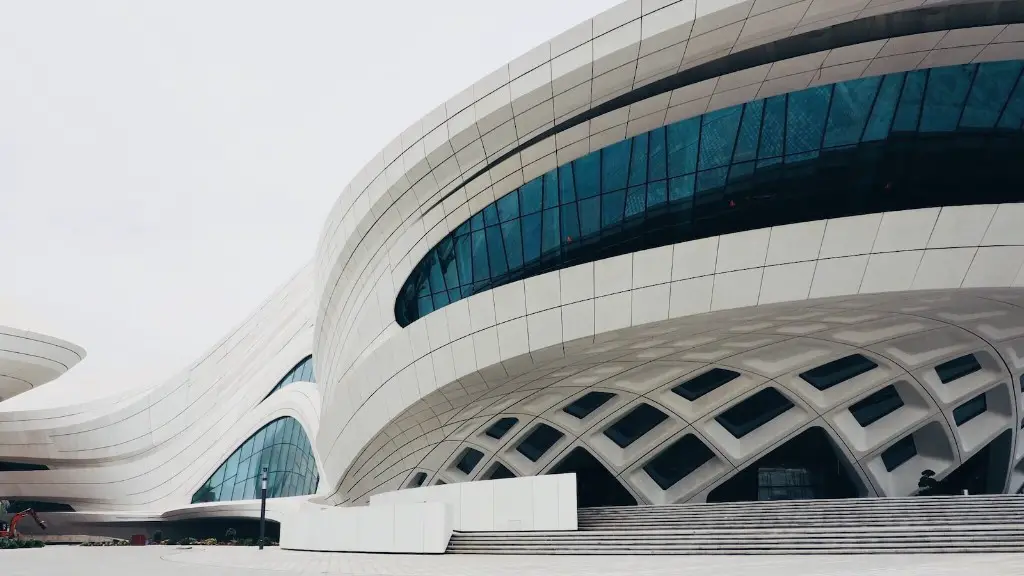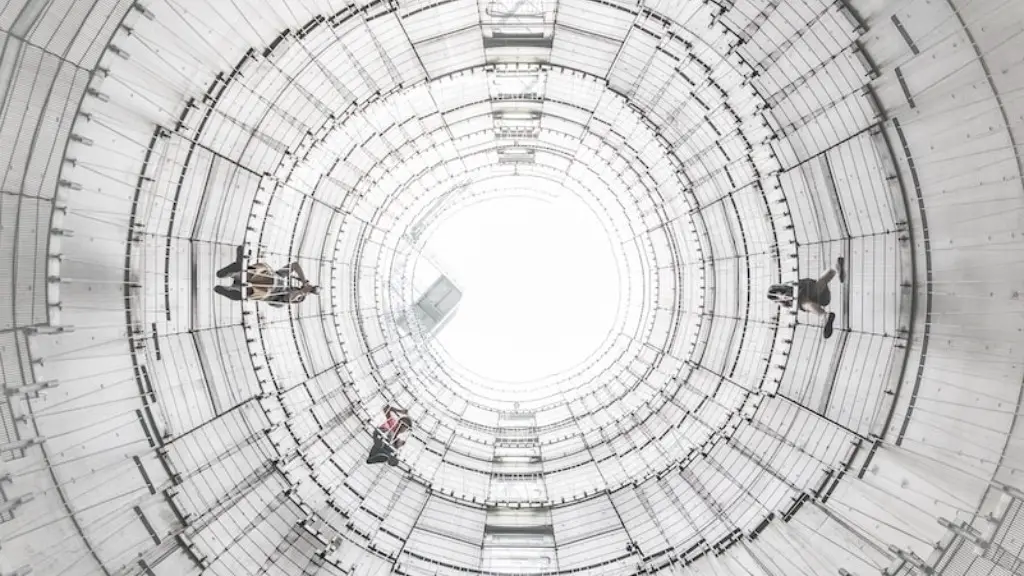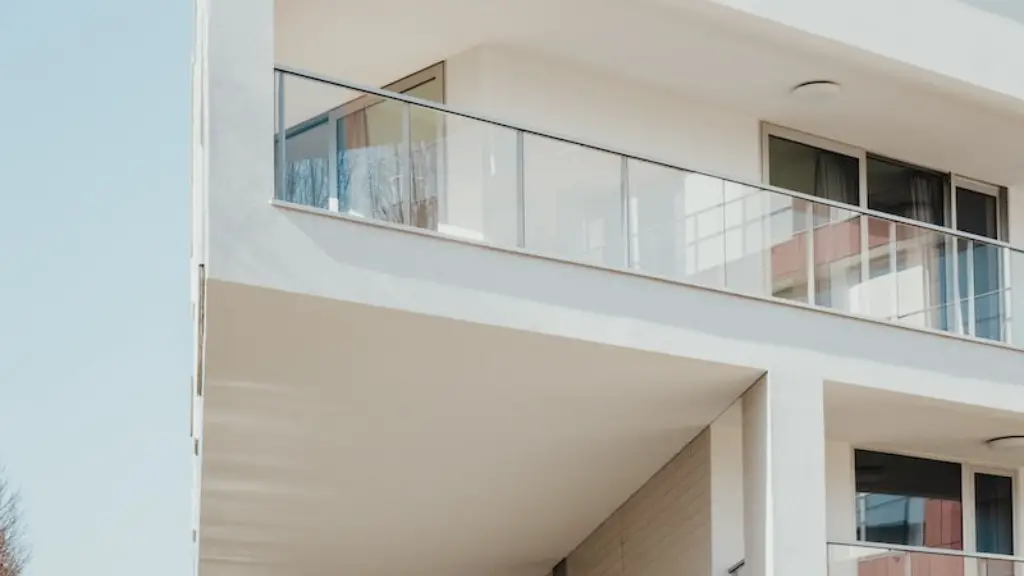Green architecture and sustainable design refer to an approach to building design and construction that improves the environment and conserves natural resources. This type of architecture focuses on creating buildings that are energy and resource efficient, use recycled and sustainable materials, and have a minimal impact on the environment. In addition, green architecture and sustainable design also consider the health and well-being of occupants, using strategies to improve indoor air quality and promote natural daylighting.
Green architecture is an approach to building that focuses on creating structures that are environmentally responsible and resource-efficient throughout their life cycles. From siting and design to construction, operation, maintenance, renovation, and deconstruction, green architecture considers the full range of impacts a project has on its surroundings and on the environment as a whole.
What is green architecture to sustainable architecture?
Sustainable architecture is a response to the growing awareness of the need to protect our environment. It is also referred to as green architecture or environmental architecture. It challenges architects to produce smart designs and use available technologies to ensure that structures generate minimal harmful effects to the ecosystem and the communities.
Sustainable architecture is not just about using eco-friendly materials and energy-efficient technologies. It is also about creating buildings that are healthy for occupants, that minimize waste, and that are adaptable to changing needs and conditions.
There are many ways to make a building more sustainable. Some of the most important strategies include:
1. Use of sustainable materials: Use of sustainable materials is one of the most important strategies in sustainable architecture. Sustainable materials are those that are sourced from renewable or recyclable resources, and that have low embodied energy.
2. Use of energy-efficient technologies: Use of energy-efficient technologies is another key strategy in sustainable architecture. Energy-efficient technologies can help to reduce a building’s energy consumption, and thus its carbon footprint.
3. Use of passive design strategies: Passive design strategies make use of the natural climate to maintain comfortable indoor temperatures, without the need for artificial heating or cooling. This can help
Sustainable design is an important aspect of green building. It seeks to reduce negative impacts on the environment and the health and comfort of building occupants. The basic objectives of sustainability are to reduce consumption of non-renewable resources, minimize waste, and create healthy, productive environments.
What is the difference of green architecture and sustainable architecture
Sustainable buildings are designed to operate with all three sustainability pillars in mind (people, planet and profit), whereas green buildings focus solely on the environment. The key difference is that sustainable buildings take a holistic approach to sustainability, considering the impact of their operations on all three pillars. This includes things like energy efficiency, water conservation, waste reduction, and using sustainable materials. Green buildings, on the other hand, focus primarily on the environment, with the goal of reducing their impact on the planet. This can include things like using renewable energy, green building materials, and water conservation.
Green architecture is a philosophy focused on designing buildings with the lowest possible negative impact on the surrounding environment. This is done by using sustainable materials and energy sources in construction. Green architecture has many benefits, including reducing the amount of pollution and waste produced by buildings, saving energy and water, and improving the health of occupants.
What is an example of green architecture?
The Shanghai Tower is a supertall skyscraper in Shanghai, China. It is the tallest building in China, the second-tallest building in the world by height, and the third-tallest building in the world by floor count. The tower is located on the LujiazuiRing Road in Pudong, on the southeastern side of the city center. It is a mixed-use building, consisting of offices, retail stores, restaurants, and observation decks. The building also features the world’s highest observation deck within a building, at a height of 562.0 m (1,844.0 ft).
Green buildings are designed to be more energy and resource efficient than traditional buildings. Common features include energy efficient lighting and appliances, renewable energy generation, water efficiency, stormwater management, and superior indoor air quality.
What are examples of sustainable design?
Sustainable design is an important aspect of architecture and engineering. Buildings that are designed with sustainability in mind often incorporate features that help reduce their environmental impact. These can include the use of solar panels, self-balancing water systems, and eco-friendly materials in construction.
Sustainability has become a popular buzzword in recent years, but what does it actually mean? Most people think of sustainability in terms of the environment – namely, preserving our planet for future generations. However, it actually refers to four distinct areas: human, social, economic and environmental – known as the four pillars of sustainability.
Human sustainability aims to maintain and improve the human capital in society – that is, the health, knowledge and skills of the population. Social sustainability focuses on creating and maintaining supportive social systems and institutions, while economic sustainability centers on ensuring a strong, prosperous economy. Environmental sustainability, finally, is all about safeguarding the planet’s natural resources.
All four pillars of sustainability are interconnected – for example, a strong economy is necessary to fund social and environmental programs, but a healthy environment is essential for a productive workforce. Achieving sustainability requires a balance between all four pillars.
What are the main goals of green architecture
Green buildings are becoming more popular as people become increasingly aware of the need to protect the environment. These buildings are designed to reduce the overall impact of the built environment on human health and the natural environment. They do this by efficiently using energy, water, and other resources, protecting occupant health and improving employee productivity, and reducing waste, pollution and environmental degradation.
Green building is becoming increasingly popular as people become more aware of the importance of sustainability. There are four basic elements to green building: increasing energy efficiency, selecting materials that are good for the environment, increasing the efficiency of water usage, and improving air quality. Each of these elements is important in its own right, and together they make for a more sustainable and eco-friendly home.
What is sustainable architecture in simple words?
Sustainable architecture is a type of architecture that aims to minimize the negative environmental impact of buildings. This is done through improved efficiency in the use of materials, energy, development space and the ecosystem.
Energy efficient windows, solar power, water conservation, and recycling are all important components of green building. By using these sustainable practices, we can help protect our environment and create healthier, more efficient spaces.
What are the 5 basic principles of green building design
Building quality, durable structures is essential to reducing and recycling construction and demolition waste. By insulating well and ventilating appropriately, buildings can last for centuries with little need for repair or replacement. When incorporating durable, salvaged, recycled, and sustainably harvested materials into construction, the lifespan of a structure can be further extended while waste is minimized.
Sustainable architecture is not only energy-efficient and healthier for its inhabitants, but it also benefits the planet By reducing our reliance on non-renewable resources (fossil fuels such as coal and oil), green architecture can actually promote and maintain a cleaner environment. In other words, sustainable architecture is good for both people and the planet!
How does green architecture help the environment?
Green buildings and communities can help reduce landfill waste by encouraging the use of alternative transportation and the retention and creation of vegetated land areas and roofs. High-performing green buildings can help reduce the climate impacts of buildings and their inhabitants by providing the means to minimize energy use, reduce water consumption, and improve indoor air quality.
Most green buildings incorporate energy efficiency and renewable energy into their design in order to reduce the building’s overall impact on the environment. Water efficiency is also a common element of green buildings, as is the use of environmentally friendly building materials and specifications. In addition, green buildings often incorporate waste reduction and toxics reduction strategies to further minimize their impact. Finally, green buildings are often designed with an eye towards smart growth and sustainable development, ensuring that the building will be a resource for years to come.
Warp Up
Green architecture is an approach to building design that focuses on creating environmentally sustainable buildings. Sustainable design is a process that takes into account the entire life cycle of a building, from its construction and operation to its eventual decommissioning.
There are many ways to make buildings more sustainable, but green architecture and sustainable design are two of the most important. Green architecture is the design of buildings that are environmentally responsible and resource-efficient throughout their life-cycle from siting to design, construction, operation, maintenance, renovation, and demolition. Sustainable design is an approach to designing that minimizes the negative environmental impact of buildings by efficiency and moderation in the use of materials, energy, and development space.
